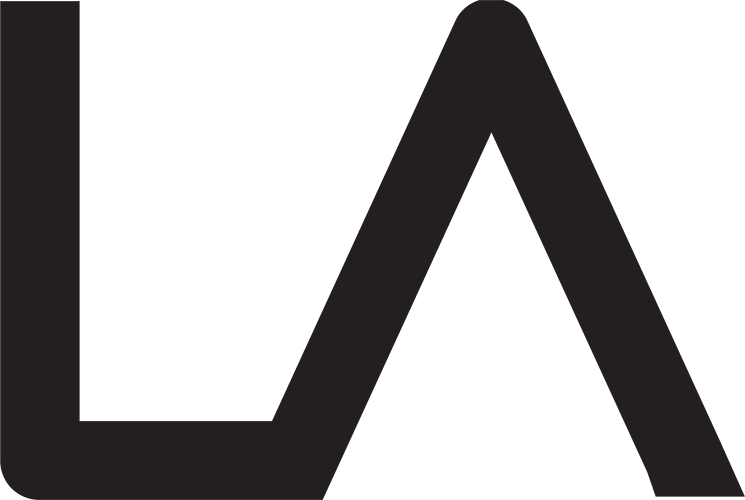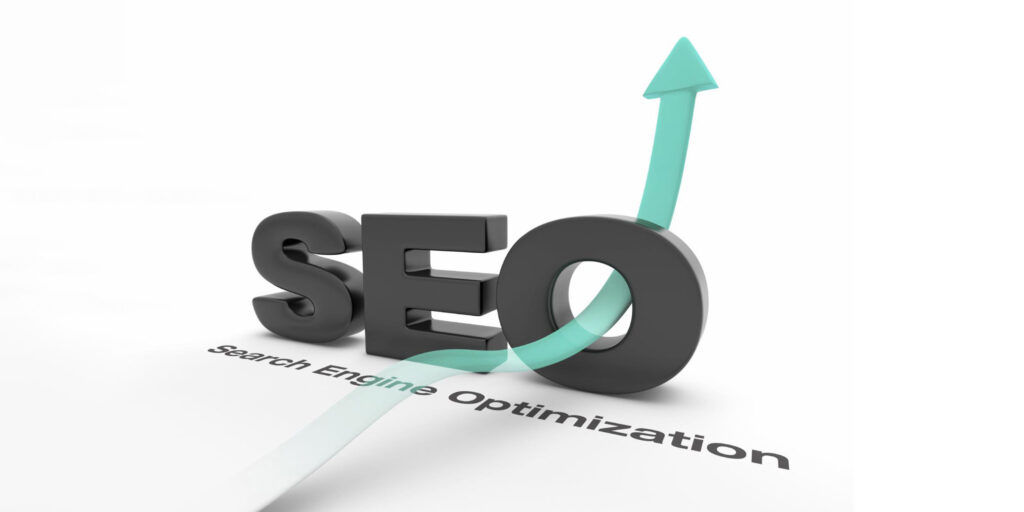LA Web Design Provides WordPress Website Design services and Shopify Website Design services.
Search Engine Optimization (SEO) is the practice of optimizing a website and its content to improve its visibility and ranking in search engine results pages (SERPs). In today’s digital age, SEO is an essential component of any successful online marketing strategy. With over 3.5 billion Google searches made each day, it’s important to ensure your website can be found by potential customers. In this essay, we will cover the best practices of SEO that can help your website rank higher in search engine results pages.
- Conducting Keyword Research
Keyword research is the foundation of SEO. It involves identifying the words and phrases that people use to search for products or services related to your business. Keyword research is crucial because it helps you understand the language your target audience is using and helps you optimize your website’s content to match their search queries.
To conduct keyword research, you can use free or paid tools such as Google Keyword Planner, Ahrefs, SEMrush, and Moz. These tools allow you to identify high-volume keywords, long-tail keywords, and related search terms. Long-tail keywords are more specific and often have lower competition, making them easier to rank for.
When conducting keyword research, it’s important to consider user intent. User intent refers to the reason behind a user’s search query. For example, a user searching for “how to bake a cake” may have a different intent than someone searching for “best cake recipes.” Understanding user intent helps you create content that matches their needs and expectations, leading to better user engagement and improved search rankings.
- On-page Optimization
On-page optimization refers to the optimization of individual web pages to improve their visibility in search engine results pages. It involves optimizing the page title, meta description, header tags, and content for target keywords.
The page title is one of the most critical on-page SEO factors. It should include the target keyword and accurately describe the content of the page. The meta description is the brief summary that appears below the page title in search engine results pages. It should also include the target keyword and provide a compelling reason for users to click through to the page.
Header tags (H1, H2, H3, etc.) help structure the content and improve the user experience. The H1 tag should include the target keyword and describe the main topic of the page. Subsequent header tags (H2, H3, etc.) should be used to break up the content into sub-topics and provide a logical structure for the page.
Content optimization involves creating high-quality content that matches user intent and provides value to the reader. The content should include the target keyword and related keywords, but it should not be over-optimized or stuffed with keywords. Over-optimization can result in a penalty from search engines, which can hurt your search rankings.
- Technical SEO
Technical SEO refers to the optimization of the website’s technical elements to improve its crawlability, indexability, and overall performance. It involves optimizing the website’s URL structure, navigation, internal linking, site speed, and mobile-friendliness.
The website’s URL structure should be clean and descriptive, making it easy for users and search engines to understand the page’s content. URLs should include the target keyword and avoid using special characters or unnecessary parameters.
Navigation and internal linking help search engines understand the hierarchy and structure of the website’s content. The navigation menu should be easy to use and provide a logical structure for the website. Internal linking should be used to connect related pages and help users navigate the website.
Site speed is a critical ranking factor that affects both user experience and search engine rankings. Websites that load slowly can result in higher bounce rates and lower user engagement. To improve site speed, you can optimize images, minify CSS and JavaScript files, use caching, and use a content
Discover more about our services: Visit Our Services Page






